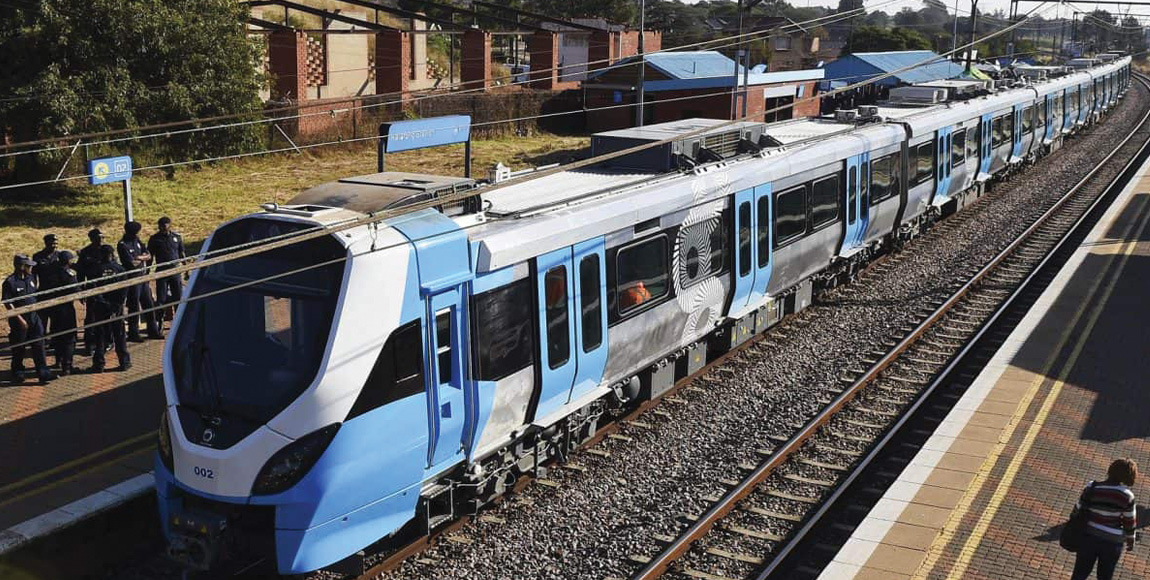Prasa and the master plan

Now that the Passenger Rail Agency of South Africa (Prasa) is under administration, will this affect the various transport “master plans” out there?
I don’t see it happening. In November last year, Business Day Motor News reported on a workshop organised by a transport engineering consultancy, where participants “plotted a vision” for the transport sector.
Apparently someone has discovered that some minibus taxis are empty on their return trips. So we are going to have a pilot project using an app to link minibus-taxi operators with passengers.
That’s fine. I hope it works, although I have my doubts. If it does work it will be the first time in South Africa that existing vehicles will be used to improve public transport. Remember that all big projects up to now have involved new vehicles – Mynah, Go!George, ReaVaya, MyCiti, Gautrain – and, in the last three cases, vast amounts of spending on new infrastructure as well.
Predictably, one of the engineers at the workshop had to put in an appeal for even more infrastructure, calling for “an accelerated programme of investment in rail infrastructure, as trains were capable of moving 80 000 to 100 000 people an hour versus only 2 000 by car”.
That irrelevant argument has helped get us into this mess. Please show me a route in South Africa that moves more than 30 000 people an hour! It’s also time for “master plans” to start calculating the tonnes of carbon that new rail (and road) construction will generate.
The Gauteng provincial government is still in denial about these things, as seen in its 2019 Budget documents.
On page 367 we read: “The Gauteng Integrated Transport Master Plan (ITMP25), dated 2013, is in the process of being reviewed owing to the Gautrain Extension Study that needs to be included as well as the latest Gauteng Household Travel Survey data.”
This column has previously pointed out that the 2013 ITMP was a weak document to start with, except where it admitted that densities were too low in Gauteng to justify anything more than a decent bus service. There is therefore no “need” for any Gautrain extension study to be included. We first need to fix the collapse at Prasa before any rail expansion can even be considered.
Still on page 367: “Although the Gautrain Management Authority (GMA) will lead the ITMP25 review process, the department will contribute from a transport planning integration perspective… “
The GMA has no business leading a policy review process. This column has previously pointed out that this is a conflict of interest, similar to putting South African Airways (SAA) in charge of an airline policy for the country! The GMA is the last place we should go to for advice on transport policy.
Continuing to page 380, it gets worse: “The expenditure (on Gautrain) increased between 2015/16 and 2017/18 from R1,6 billion to R1,8 billion in line with the agreements with the concessionaire. The budget is expected to grow from R2,1 billion in 2019/20 to R2,4 billion in 2021/22, mainly for the maintenance and capacitation of the current system.”
We should stop tip-toeing around the Gautrain, whose bailouts are now increasing at seven percent a year. The Gautrain serves the car-owning middle class. It loses around R100 per passenger, while the mismanaged Prasa, which now loses around R25 per passenger, is catching up fast.
The Gautrain doesn’t need “capacitation” – together with several sections operated by Prasa, it needs to be converted into a busway. The fact that the Gautrain now has legal powers to run rail services throughout Gauteng should cause concern.
We need to implement an integrated network of bus and rail transport not only in Gauteng, but around South Africa. Neither the Master Plan nor the GMA are going to do it for us.
Published by
Vaughan Mostert
focusmagsa




